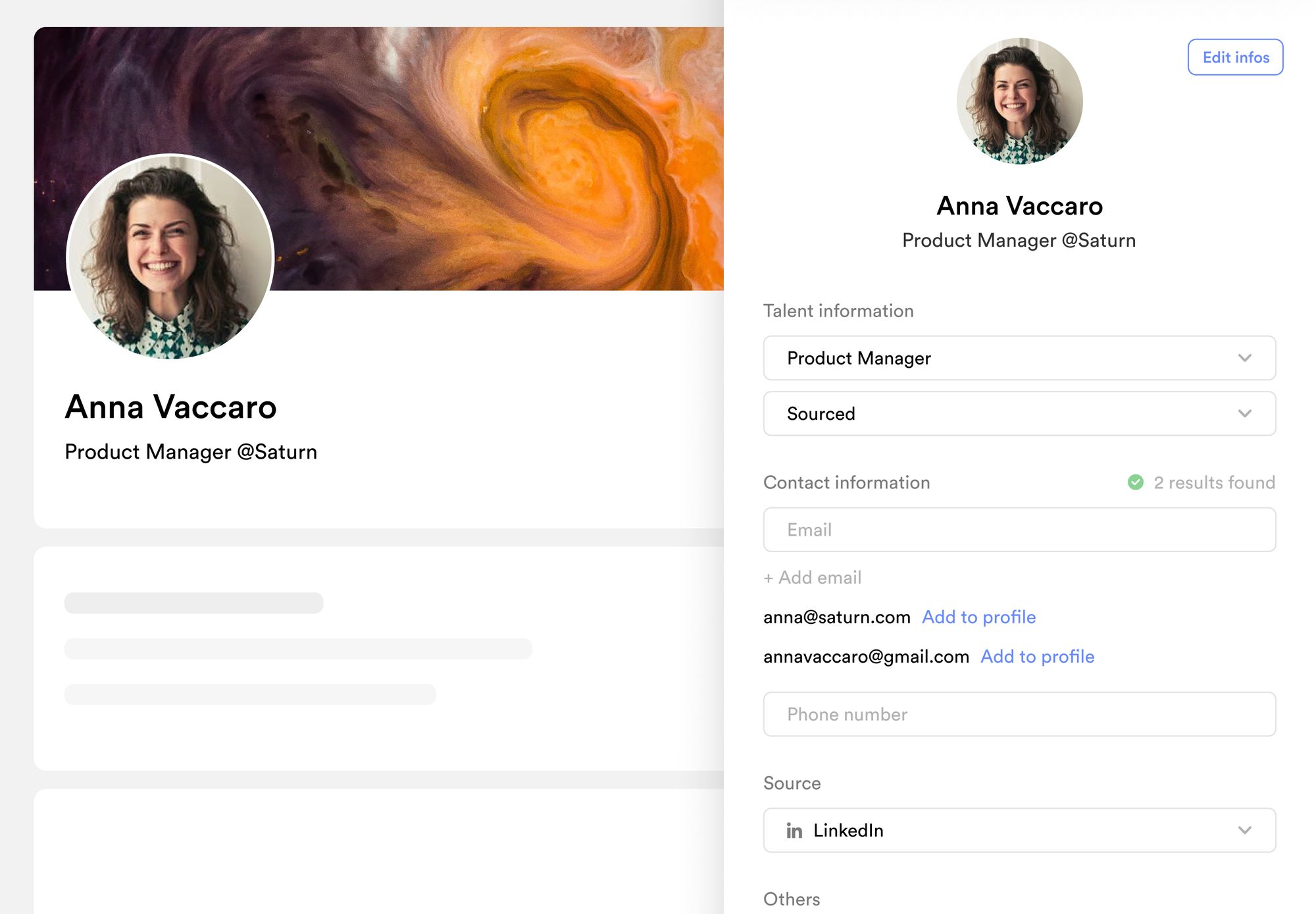
5 steps to quickly find the best software engineers on GitHub
Step 1: Create a GitHub account
Non-logged in users are very restricted as to what they can and can’t search for in GitHub, so the first thing you need to do (even as a recruiter) is create your own account. All you need to do so, is a username, your email address and a password. Then you’re in.
You can add a profile photo and your company’s name and website after, to bulk out your profile if you wish – and we’d recommend doing so.
Step 2: Search for candidates
There are mainly 3 ways for sourcing on GitHub
A/ Advanced search on GitHub

Link : https://github.com/search/advanced
B/ X-Ray search on Google
Using the same technic as here, but these time applied to GitHub
- Example : site:github.com ("Overview" AND "repositories" AND "Stars") (Golang OR Elixir OR Typescript) PARIS
⇒ we add this wording because all GitHub profiles contain this wording (more on that here). - Or if you want to find the most popular repositories, and then search for the members of these repositories, try:
site:github.com "javascript" "paris" (“Popular repositories” OR “Pinned repositories”) -inurl:overview

C/ Top Commits
Commits.top: Most active GitHub users in a given country

D/ Open-source contributors
Open source projects are also a great place to look for potential candidates. Say I want the Frontend Engineer to work on a maps feature, I could search for "maps" and get a list of map repositories. From there, I can find the project with the most "forks". Say you are looking for Symfony software developers. Then Symfony on Github is a great place to start!

And search for contributors

The Stars section on the other hand is for enthusiasts who are "like" the project.

Same thing for the companies you want to hire from, maybe they have a GitHub project that you can look for, and maybe you will even be able to find some engineers that will be visible on Github but don't have a Linkedin profile!
Here is the example of Flexport:

Step 3: Start filtering the results
What to look for :
Variety : Several projects utilizing the same tech stack and tools will be less impressive than demonstrating fluency across a palette of tools. Bootcamp graduates might typically have three or four similar projects (often using Ruby on Rails). One simple way to add some diversity to a GitHub portfolio is to implement the same solution over again using different languages or paradigms. Build a game in Python, rewrite it in Java.
Completeness : Many candidates have GitHub accounts strewn with several projects that were never finished. Most employers would rather see a few repos that appear polished than dozens of sketches that need lots of attention.
Functionality : Does the code actually do what it should?
Performance : Does the code do what it should remotely well?
Readability : Those evaluating a repo are doing so under the premise that this could be the code of a future co-worker. Nobody wants to work with someone who writes unreadable code. It's a good idea to have repos reviewed for readability before sending them off, even if code compiles and performs well.
Documentation/information :A repo without a simple README is a wasted opportunity. Although the code is what will ultimately be judged, some minimal explanation of the repo and directions on usage will go a long way.

The number of followers is a good indicator of how influential the developer is, based on his/her contributions.
- 2-10 followers - Good
- 11-25 followers - Great
- 25-75 followers - Respected by peers
- 75+ followers - Revered by peers
Contributions tab has the most popular repositories that the developer owns and has contributed to.


⇒ Based on this, you can easily identify which programming languages the developer is an expert in, what kind of project he/she likes working on and validation from their peers regarding their contribution.

You can find out what kind of projects interest the person and how passionate he/she is about what they do. Say, they have a day job but contribute even on Sundays towards Python-related projects, there is a good chance they will be open to an opportunity where they get to work on it full-time.
Step 4: Reach out to candidates
The easiest and most efficient way is to write them an email. Here is how you can find their personal email address (coming soon).
Step 5 : Open PRs on candidate's project and let them a surprise 🤯
Note: we add it just for the fun, even if we know some recruiters have done it in the past, we don't recommend that. A nice email is probably more than enough 😅
Did you know ?
When using Crew, you can source candidates from LinkedIn, GitHub, Dribbble, or any platform with just 1 click, thanks to the powerful Chrome extension. No more manual data entry. You can even then enrich the info, before sending multi-channels sequences (automated messages and follow-ups).

Ready to boost your productivity?
Crew is the next-gen Talent ATS/CRM built for recruiting agencies and executive search.
